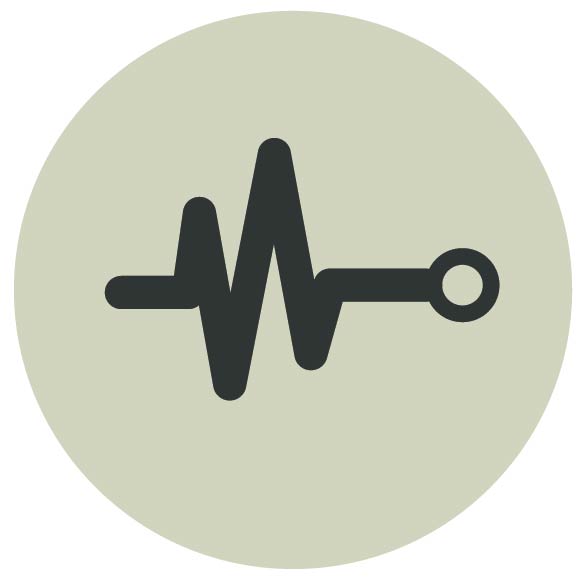Fibromyalgia, also known as fibromyalgia syndrome (FMS), is a chronic condition that causes pain and tenderness all over the body. It is also known as fibromyalgia syndrome (FMS). People with this condition often experience fatigue and difficulties with memory and concentration. The pain caused by fibromyalgia can be mild or severe and affects various parts of the body, including muscles, joints, and bones.
Fibromyalgia is an invisible disability
 Fibromyalgia is real - it is a chronic condition with no known cure
Fibromyalgia is real - it is a chronic condition with no known cure 3%–6% of the global population is affected by fibromyalgia
3%–6% of the global population is affected by fibromyalgia Anyone can develop fibromyalgia
Anyone can develop fibromyalgia Between the ages of 30 and 50 years = on average, this is the average fibromyalgia age of onset
Between the ages of 30 and 50 years = on average, this is the average fibromyalgia age of onset 10 times higher the risk of suicide is ten times higher in those with fibromyalgia than in the general population
10 times higher the risk of suicide is ten times higher in those with fibromyalgia than in the general population
It's more common in women than men
Fibromyalgia symptoms
Fibromyalgia symptoms can range from mild to severe and may fluctuate from day to day. In some cases, symptoms may disappear for prolonged periods, even years. It's important to note that not everyone with fibromyalgia will experience all of the possible symptoms. Each individual with fibromyalgia will have their own distinct set of symptoms.
As well as widespread pain, other common symptoms of fibromyalgia include:
- increased sensitivity to pain
- muscle stiffness
- heightened responsiveness to sensory stimuli such as heat, cold, light and smell
- extreme fatigue (tiredness)
- problems with mental processes (known as "fibro-fog"), such as difficulty concentrating or remembering things
- difficulty falling or staying asleep, which can lead to feeling exhausted
Less common symptoms may include:
- digestive issues
- stomach pain
- bloating
- constipation
- irritable bowel syndrome (IBS)
- chronic headaches, including migraines
- numbness or tingling in the arms and legs
- feelings of frustration, worry or low mood
Sources:
- UK Fibromyalgia: https://ukfibromyalgia.com/
- NHS – Fibromyalgia
- Arthritis Australia – Fibromyalgia
- National Fibromyalgia Association (NFA):(http://www.fmaware.org/
- The American Chronic Pain Association (ACPA): https://www.theacpa.org/
- Centers for Disease Control and Prevention (CDC) Fibromyalgia: https://www.cdc.gov/arthritis/basics/fibromyalgia.htm
Look out for these Sunflower icons
 I may need more time
I may need more time I need a quiet/safe place
I need a quiet/safe place I may need a place to sit down and rest
I may need a place to sit down and rest I have a hidden disability
I have a hidden disability




